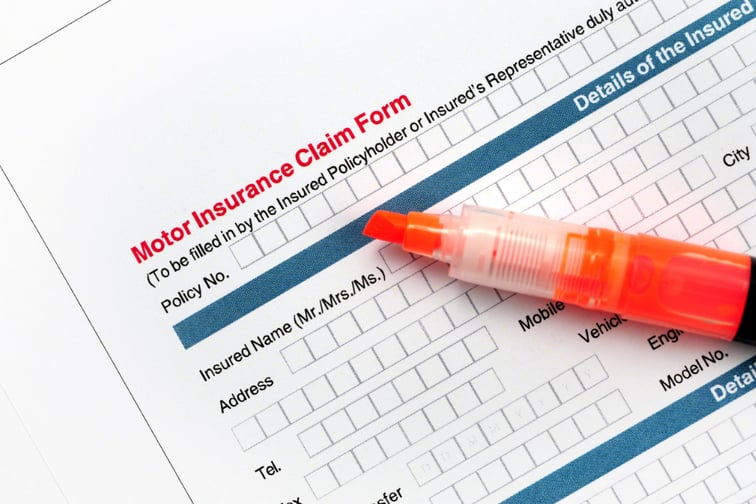

Australia is already experiencing record car stock shortages, with long waiting lists and delays in the delivery of new cars – and it's only the beginning of the motor industry's downward spiral, according to the Federal Chamber of Automotive Industries.
The automotive association expects the recent catastrophic flooding in Queensland and New South Wales (NSW) to worsen the country's car stock shortages.
According to CarExpert, the recent catastrophic flooding in Queensland and NSW has resulted in nearly 22,000 motor insurance claims to date, with damage to numerous car dealerships and stock. As of March 15, the Insurance Council of Australia (ICA) revealed that insurers had received 10,637 claims in Queensland and 11,007 in NSW.
With Australians already facing six-or-more months of average wait times for many of the top-selling car brands due to ongoing semiconductor chip shortages, COVID-19 impacts, and the Russia-Ukraine conflict, the claims related to the extreme weather event in the two states are another barrier for Australians seeking to buy a new car.
“[These floods are] disastrous, and this will put extra demand in the system that's struggling to meet supply,” Federal Chamber of Automotive Industries CEO Tony Weber told CarExpert. “This exacerbates a problem not easily resolved. It's the first time in my memory when we have talked about supply and not demand.”
CarExpert analysed that the total number of submitted claims will significantly impact car demand and supply discrepancies in the country as the average monthly new car sales in Queensland and NSW totalled 17,700 and 24,700, respectively, for 2022.
However, Australians seeking to buy a new car are not the only ones who will take a hit from the devastating flooding in Queensland and NSW.
Marty Sadlier, the director of MCG Quantity Surveyors (MCG) – a national firm specialising in building insurance replacement cost reports, construction cost estimates, and property tax depreciation schedules – recently warned that the weather event in the two states could trigger a “devastating wave” of underinsurance as many people realise they are “woefully underinsured.”
“Prior to the pandemic, insurance council numbers suggested 83% of owners were already underinsured. We now believe the percentage is far higher – in fact, I'd be surprised if it wasn't closer to 100% of owners at risk right now,” Sadlier said.
